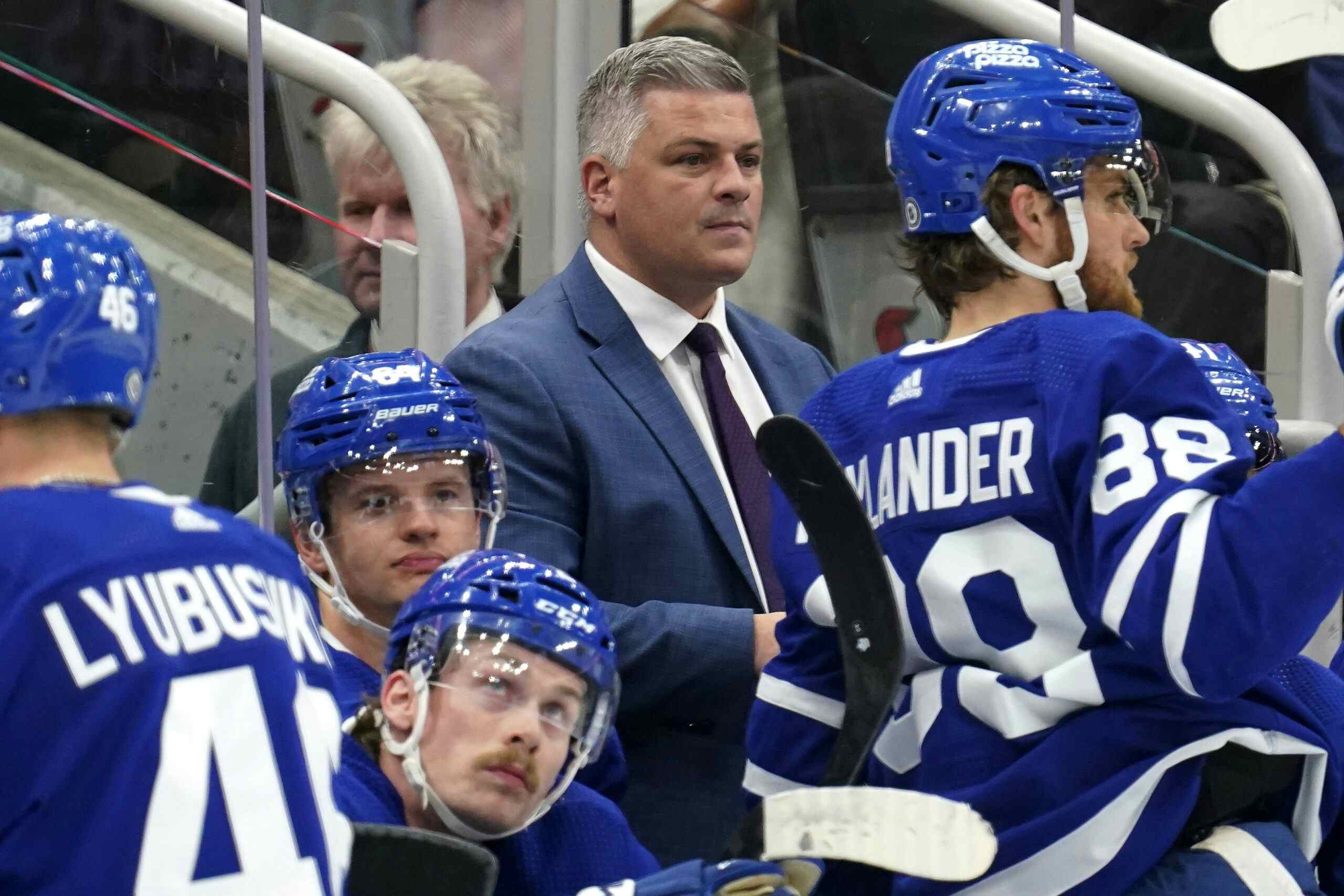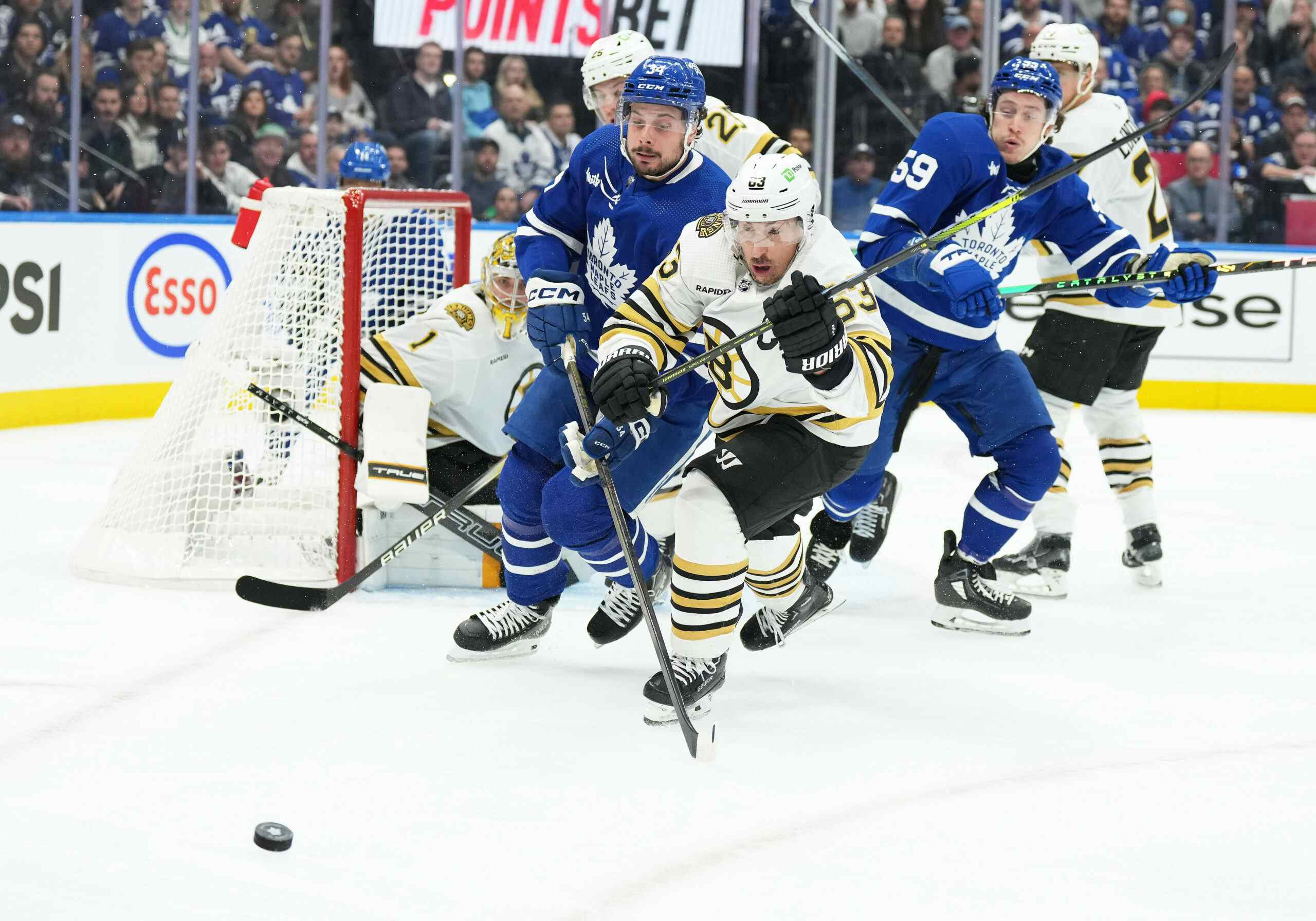The Curious Case of Matt Stajan
10 years ago
Whenever you find yourself on the side of the majority, it is time to pause and reflect.
I’ve said for a couple of seasons now that I think Matt Stajan is still a quality player. Even when he was in the midst of his .3 PPG season in 2011-2012, some were still defending him even though scores of Flames fans clamored for a buyout. With him entering perhaps his final season in Calgary, it’s time to examine exactly what went wrong.
Let’s take a look at the numbers and do some analysis.
| Season | Adjusted Corsi | ESP/60 | ESTOI/60 | PPTOI/60 | PKTOI/60 | ZS/ZF Delta | Penalty Delta |
|---|---|---|---|---|---|---|---|
| 2012-2013 | 4.262 | 2.09 (1st) | 14:42 | 0:15 | 1:58 | +1.8% | +0.1/60 |
| 2011-2012 | 3.913 | 1.30 (3rd) | 11:22 | 0:28 | 1:00 | +3.8% | +0.5/60 |
| 2010-2011 | 0.732 | 1.80 (2nd) | 12:19 | 1:03 | 0:41 | -3% | -0.6/60 |
| 2009-2010 | 0.452 | 1.93 (2nd) | 14:27 | 2:36 | 1:16 | +0.5% | +0.3/60 |
Okay, so that’s plenty of data to take in all at once, so let me simplify it a little bit: Stajan has performed like a top-6 forward should in generally every respect for three of the four years he’s been in Flames Silks. He’s consistently pushed play forward and mostly scored at a top-6 rate at even strength (roughly 1.80 ESP/60 is the rule of thumb).
2009-2010
Stajan came to the Flames in the much-publicized Dion Phaneuf trade. Stajan spent most of his time in Calgary with Jarome Iginla, Alex Tanguay, Jay Bouwmeester and Ian White. In his role, he played against first and second liners in a quasi-PvP situation. Stajan had a low PDO, meaning his luck was a hinderance to his play. He also had a significant amount of power-play time, but that was balanced out by his increase in PK time.
2010-2011
Tanguay, Iginla, and Bouwmeester were again his most consistent line mates. Mark Giordano also joined the fray. He played against 3rd liners and suffered a significant drop in his PP and ES TOI for no real reason as he was scoring at about the same rate as the year before. Stajan had an average PDO on the season. His adjusted Corsi was again above even.
2011-2012
Stajan had a rough year by the boxcars in 2012, but much of that can be attributed to his change in situation. His PK ice time per game increased while his even strength and PP time shrunk again, likely due to assumed shortfalls in his game and unrealistic expectations not being met. While Stajan’s point production decreased, he was still scoring at a 3rd line rate while playing with Tom Kostopoulos and Tim Jackman, two noted offensive juggernauts. In fact, Stajan essentially doubled the line’s production per 60 minutes while playing with teammates in the 10th percentile of awfulness league-wide.
While I will admit that his overall point production in 2012 was not enough to justify the dollars on his contract for that year, it was a result of several things coming together to bury Stajan and it was through no fault of his own. Besides TJ Brodie and Cory Sarich, his Corsi% increased more than his line mates did when he was apart from 7 of the 9 players he spent more than 100 minutes worth of ice time with. Even though the points weren’t there, everything else was.
2012-2013
Situation changes forced Bob Hartley’s hand and by the trade deadline Stajan had gone from the 3rd or 2nd line centre in the first 20 games to the first line centre for the last 20 or so games. Part of this was due to injury, part due to trades and part due to random factors. Regardless, Stajan excelled in the role he, scoring at a first-line rate with positive underlying numbers – although he did have an inflated PDO (102.6). The highest on the team, in fact. It’s no coincidence the perception of the player improved with a spike in percentages. The scoring rate is likely a little higher than Stajan’s true talent level due to that PDO.
So What Happened?
Stajan was a victim of circumstance. Not only was he traded for Dion Phaneuf in an ill-fated blockbuster deal, he was immediately re-upped to (what was considered at the time) a questionable long-term, big money deal.
In 2009-10, the Flames club and their beleaugered manager were underachieving relative to high expectations, so with Stajan being the “centerpiece” of the deal he was expected to help the club make an immediate turn-around, which is why he was plunked on Jarome Iginla’s line. Unfortunately, Stajan wasn’t good enought to turn Jarome around possession-wise and the aforementioned poor percentages run coupled with the fresh contract and the pain of missing the playoffs soured the fan base. See: wrong foot, got off on.
Brent Sutter wasn’t too far behind in that regard. He played Stajan in a top-6 role again the next season, but only as long as Darryl was in power. Once his older bro was deposed, Brent gleefully demoted Staajan down the depth chart and cut his PP ice time. We can’t be sure if Brent never really like Stajan or if being forced to deploy him in a certain role by the elder Sutter turned him off the player for good, but either way Brent didn’t have much time for poor ol’ Matty Franchise. The continuing deflation of the club’s fortunes and the ever growing realization that the Dion Phaneuf trade was a terrible one continued to sink his stock in the eyes of the fan base.
Sutter buried Stajan in the bottom-6 for good in his last season as the Flames coach. The former Leaf’s offense oriented ice time went south and so did his scoring. As a result, he entered the lock-out off-season as one of the most reviled players on the club, a symbol of the failed Phaneuf trade and Darryl Sutter’s descent into utter madness.
To be fair to Brent and the fan base in general, Stajan isn’t all that a compelling player. He puts up decent possession and scoring rates in most circumstances, but he’s not outstanding in any particular way. He doesn’t drive possession like Backlund, increase shooting percentage like Tanguay or snipe like Cammalleri. When he was moved down the depth chart, he didn’t crush third and fourth liners from a possession perspective as one might expect from a top-six player. Stajan also isn’t overly physical, can play a hesistant game when he’s “off” and doesn’t take a lot of shots on net (and, as a result, doesn’t score a lot of goals). In context of the awful Phaneuf deal and the team’s slide down the Western Conference standings, he became a particularly difficult player to like.
Stripped of the burden of expectations and guilt by association, Stajan’s a perfectly acceptable middle rotation centerman. He drives play forward nominally well, is a decent passer with good hands, vision and acceptable scoring rates. He’s not a guy who is going to turn around a failing club or prop up a scoring unit all by himself.
Two More Points
Matt Stajan’s cap hit comparables actually don’t look too unreasonable. There’s a nice mixture of skill there, and I’d say Stajan is smack dab right in the middle in terms of player quality: 10 guys are not as good as Stajan and 10 guys are as good or better. When you look at the second-line centres in the league, there’s only two (non-ELC) deals that have a cap hit more than $250,000 less than Stajan (Shawn Matthias, FLA; Kyle Brodziak, MIN).
Stajan’s first assist percentage has also been consistently high, which confirms he’s a quality puck distributor.
Conclusion
Stajan has had three seasons where he’s been a top-6 forward by any measure and another outlying season where he was unfairly lambasted by both fans and coach alike – which is odd considering the coach is the one that positioned Stajan to fail. He might not be able to make his teammates in the top-6 better, but he can play with them to the degree necessary. He pushes play forward and scores at a good rate while costing about the average amount for his position.
While I never thought Stajan was as bad as his 2011-2012 suggested, I doubt he’ll score at a 2.0 ESP/60 rate again this year as his regression to the mean vis-à-vis his PDO is likely to take a little bit of a toll on his scoring situation. However, he will receive more ice time on the PP and at ES, so a significant drop overall in point production is unlikely. If he can score .5PPG (~1.85 P/60) and keep a positive adjusted Corsi rate, that will be a very successful season in my eyes and it will likely have him scoring at a 2nd line rate once again.
His contract might’ve been signed too soon, but since signing it Stajan has played to the level someone who has a $3.5 million cap hit should. Simply put, he’s a decent second line centre (or good third line centre) and he has played like it throughout the duration of his contract.
He’ll have his detractors in Calgary for the rest of the time he spends here, but Matt Stajan has been and will likely continue to be a decent player for the club. It will be interesting to see how he fares this year and whether the team decides to keep him or flip him at the deadline for some sort of return.






